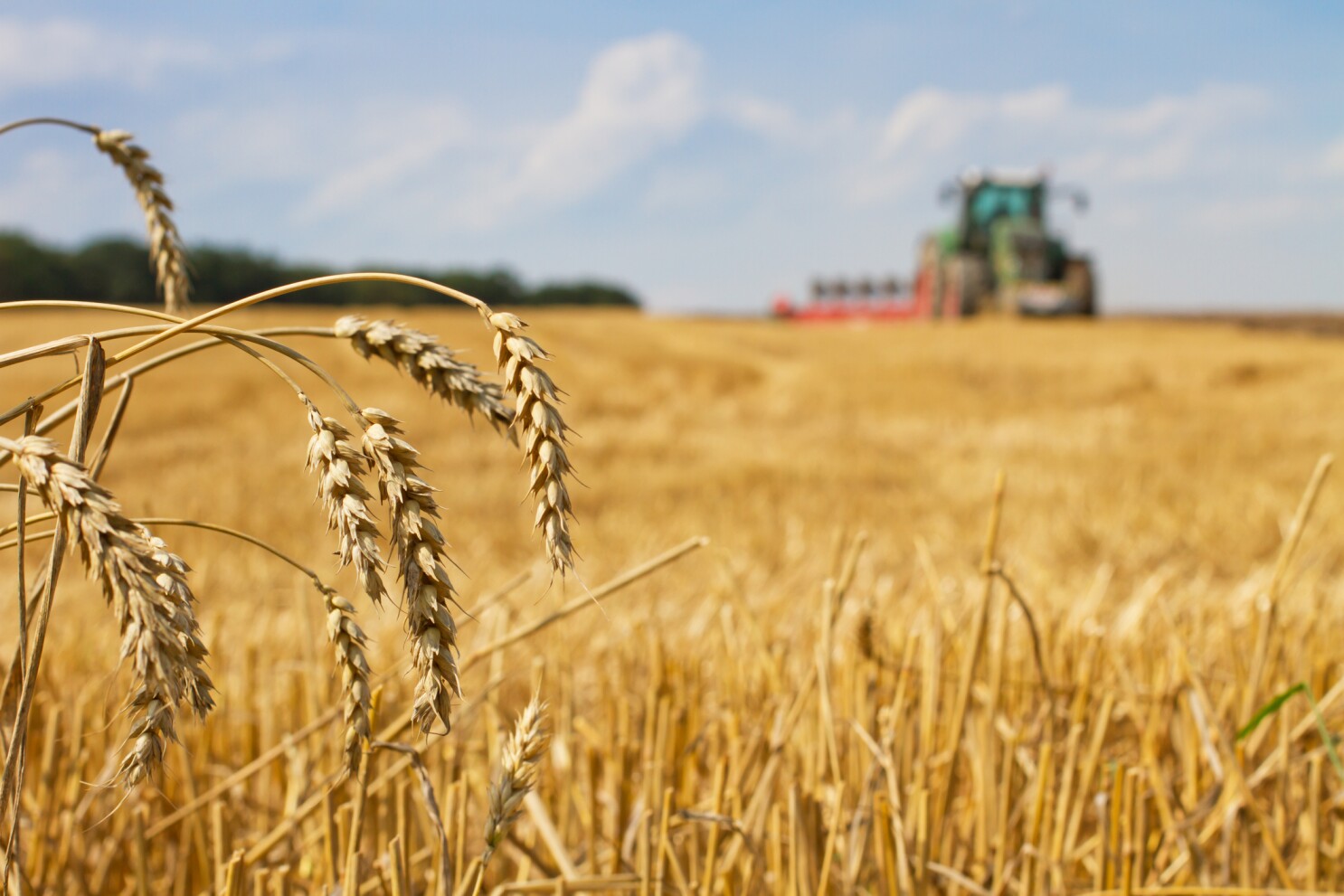
The U.S. winter wheat yield surged this year, averaging 54.9 bushels per acre, which marks the second-highest yield ever recorded in U.S. small grain history. That strong performance brings a boost of optimism to wheat producers, grain markets, and the broader agricultural outlook.
What We Know: Numbers & Trends
According to the USDA’s Small Grain Summary, the 2025 yield of 54.9 bpa outpaces last year’s 51.7 bpa and trails only the 2016 record of 55.3 bpa. That represents a 5.7% increase above the long-term trend line.
Several states posted standout performances. While a few areas still experienced below-average yields, many top wheat producers exceeded expectations relative to their historical norms. Illinois, Michigan, and Missouri recorded record or near-record yields this season.
One notable aspect is the yield distribution relative to trend. In 2025, the U.S. winter wheat yield came in well above trend in many states, with only a handful lagging behind.
Why It’s Good News
1. Confidence in Resilience
In a year with tighter acreage and variable weather, seeing a U.S. winter wheat yield that ranks among the best ever shows how far agronomic practices, seed genetics, and farm management have come. It provides confidence to farmers and markets alike that production can hold up under pressure.
2. Market Impacts
More supply can help ease pressure on wheat prices. As the U.S. winter wheat yield climbs, the greater output may balance tighter supply elsewhere or compensate for weaker yields in other wheat classes. That could stabilize grain markets for the rest of the marketing year.
3. Lessons & Insights
This performance invites analysis: What practices, weather patterns, soil conditions, or input strategies drove high yield? Farms in states that beat the trend offer case studies for neighbors. Understanding those models helps inform future efforts to push yield ceilings.
4. Consumer Benefits
When yields hold strong, food supply becomes more secure, reducing risks of spikes in wheat-based products such as bread and pasta. Higher yield helps buffer consumers from price volatility driven by shortages.
Final Thoughts
The 2025 U.S. winter wheat yield achievement stands as a bright spot in a season of challenges. It underscores how advancements in management, genetics, and adaptation continue to elevate production potential. But a stellar yield is not a guarantee—climate variability, input costs, and global demand still play big roles. Going forward, farmers should study what went right this year, adapt best practices, and stay vigilant for changes that could test future yields.



